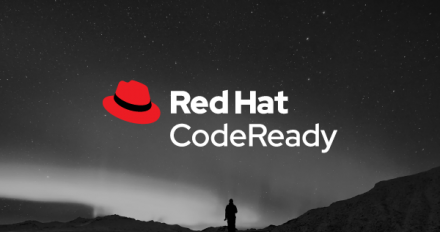
New features in Red Hat CodeReady Studio 12.13.0.GA and JBoss Tools 4.13.0.Final for Eclipse 2019-09
We cover the highlights of the latest JBoss Tools 4.13.0 and Red Hat CodeReady Studio 12.13 for Eclipse 2019-09 and show how to get started.

We cover the highlights of the latest JBoss Tools 4.13.0 and Red Hat CodeReady Studio 12.13 for Eclipse 2019-09 and show how to get started.
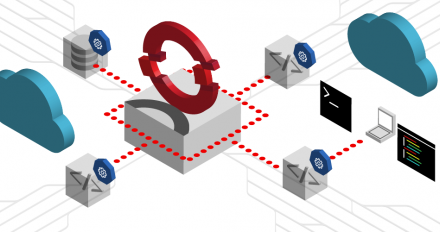
Manage etcd clusters on Kubernetes and automate resize, failover, and upgrade...
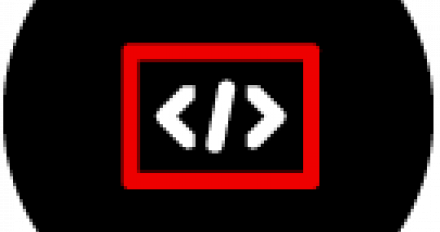
If you do not already have the oc command line tool, you can download the version corresponding to the OpenShift cluster you are using, from the Command Line Tools option under the help menu

How to sign and verify signatures of container images using podman and skopeo
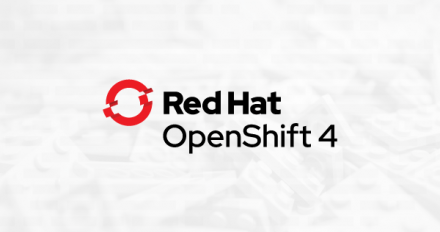
In this article, we'll walk you through the steps necessary to access a MySQL database running in your OpenShift cluster.

The basic steps of container security involve securing the build environment, securing the container hosts, and securing the content running inside.

A DevNation Live tech talk - Building freely distributed containers with open tools
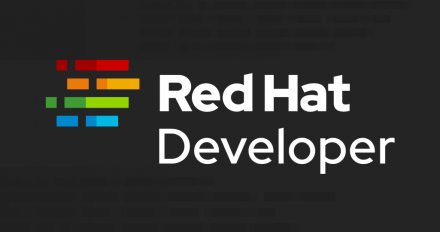
We walk through the steps of implementing a CI/CD process for .NET Core in Red Hat OpenShift Container Platform (OCP).
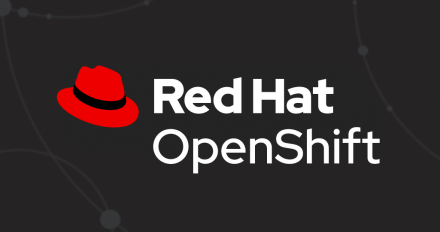
If you do not know what URL to use when logging in from the command line, but are already logged into the web console, you can find out the URL by visting the Command Line Tools option under the help menu.
Why do I keep having to login from the command line?

How can I create a service account for scripted access?

Deploy a 3-tier NodeJS app on OpenShift
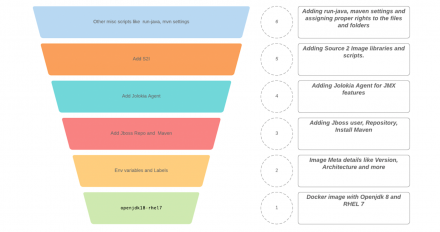
We explain the basics of Red Hat Fuse container images and discuss how to reduce the size of the Fuse image.

Get a local OpenShift 4 environment for development with Red Hat OpenShift Local
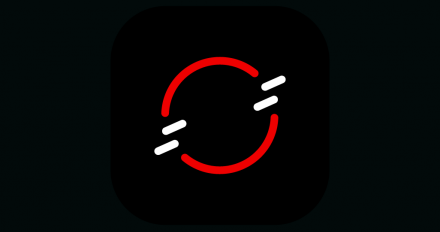
Get a local OpenShift 4 environment for development with Red Hat OpenShift Local

Scott McCarty explains what the Red Hat Univeral Base Image is and it not, so you can determine whether UBI is right for you.

OpenShift Online is Red Hat’s publicly hosted OpenShift service. If you do not want to install and manage your own OpenShift cluster, this is the option for you.

CodeReady Containers is an easy way to try or develop with OpenShift on your local machine. The A preconfigured OpenShift cluster is tailored for a laptop or desktop development making it easier to get going quickly with a personal cluster.

Guidance for creating ABI compatible Python wheels for RHEL and the new manylinux2014 standard
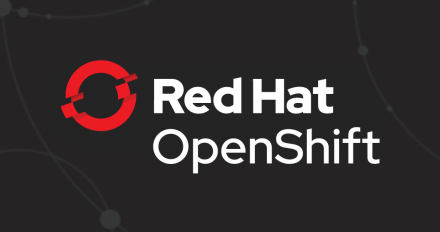
Using OpenShift image streams with Kubernetes Deployments allows automatic updates without sacrificing compatibility with standard Kubernetes.
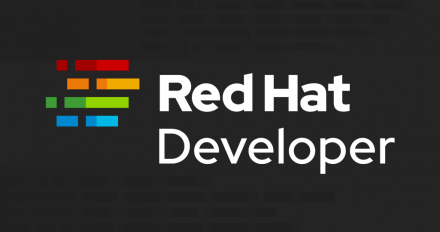
Develop with Node.js in a container on Red Hat Enterprise Linux - You can use Red Hat Enterprise Linux 8 Universal Base Images and application streams to develop in containers even if you are still running RHEL 7.

You can use Red Hat Enterprise Linux 8 Universal Base Images and application streams to develop in containers even if you are still running RHEL 7
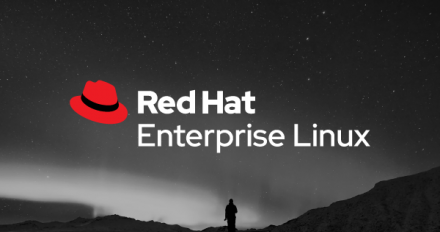
Develop with Django 2 and Python 3 in a container with Red Hat Enterprise Linux - You can use Red Hat Enterprise Linux 8 Universal Base Images and application streams to develop in containers even if you are still running RHEL 7.

Get an overview of Red Hat OpenShift's Application Monitoring Operator components and see an example of the Operator in action.
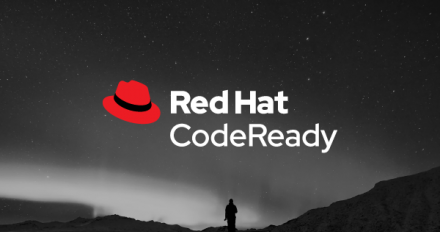
We look at features and benefits of CodeReady Containers and show a demo of how easy it is to create a local Red Hat OpenShift 4 cluster.